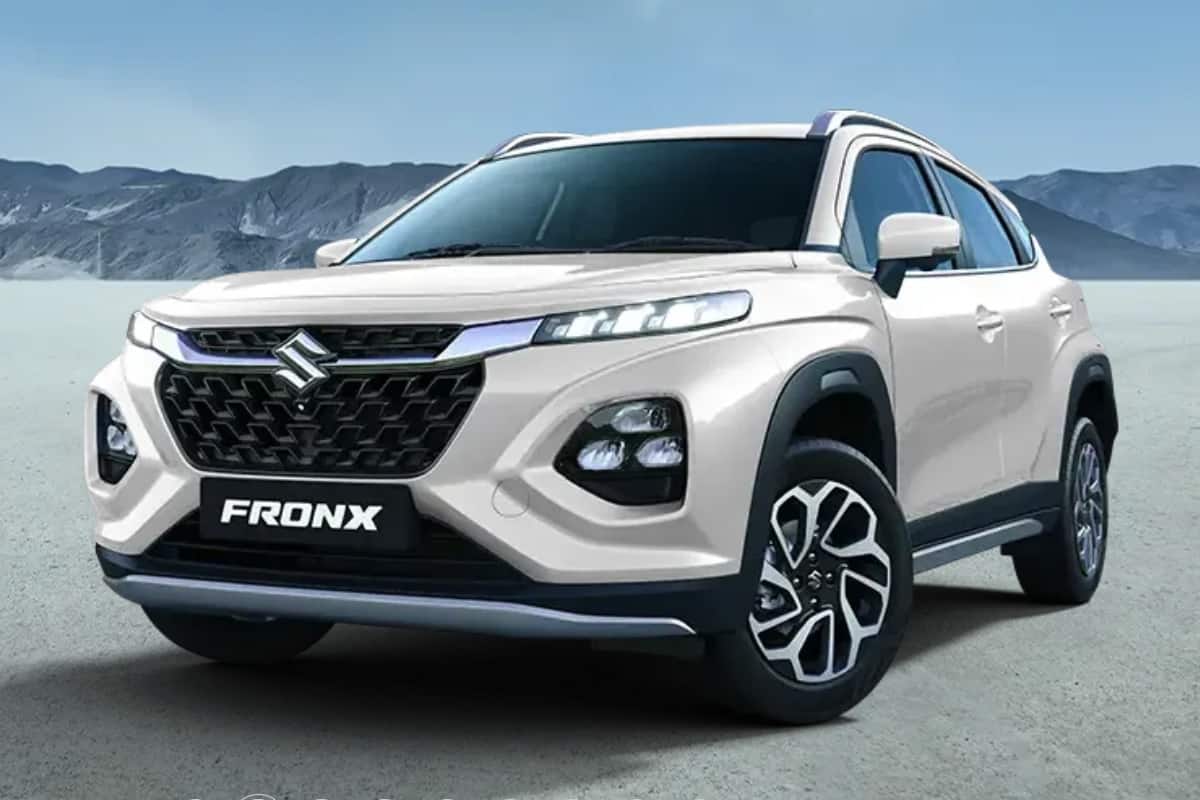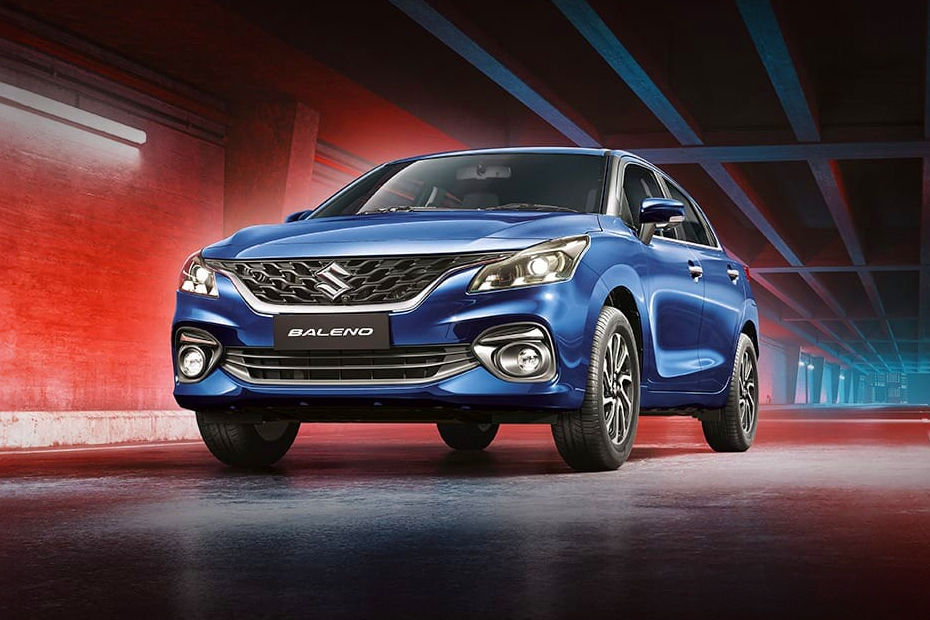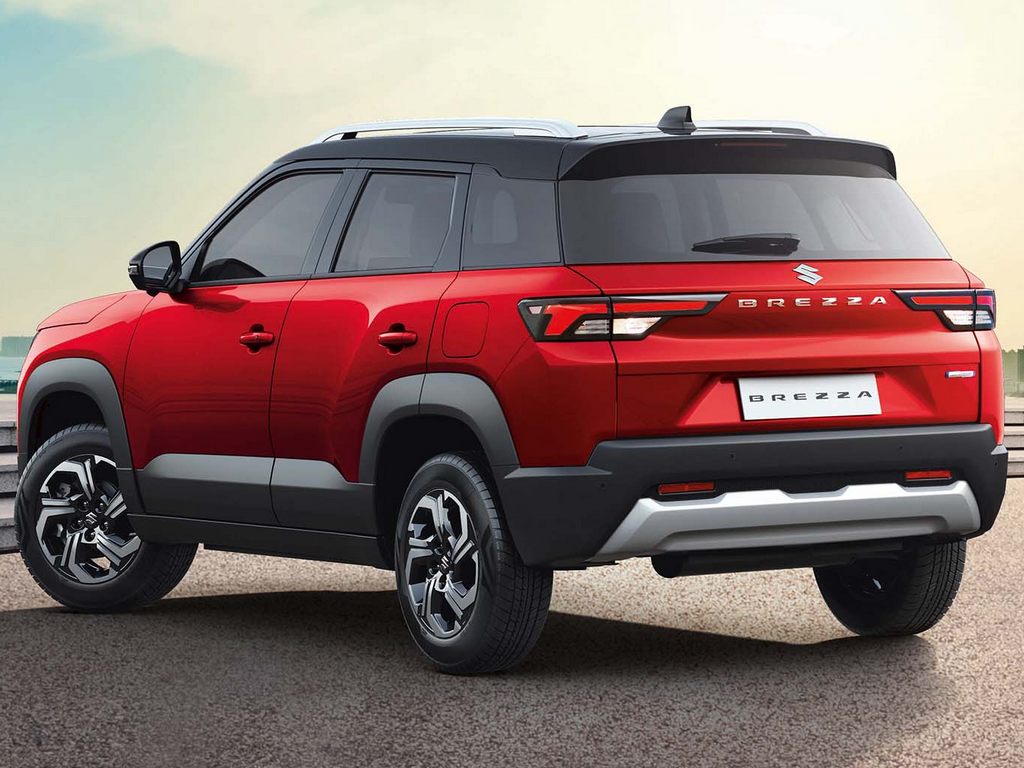
Maruti Suzuki has ambitious plans to significantly increase hybrid volumes by introducing hybrid variants of popular models like the Fronx, Baleno, Swift, and a small MPV. Rather than adopting Toyota’s series-parallel hybrid system, Maruti Suzuki is developing an in-house, cost-effective series hybrid powertrain utilizing the all-new Z12E three-cylinder engine. This engine will serve as a generator to charge a 1.5-2 kWh battery pack or drive an efficient electric motor, providing power to the front wheels.
As the automotive industry charges forward with electrification, hybrids are gaining popularity among car buyers and outselling electric vehicles, despite the limited choice of models available. This shift in demand towards hybrids has been primarily influenced by Maruti Suzuki and Toyota, both of which have chosen not to rush into the electric vehicle market. Instead, Maruti Suzuki has adopted a multi-fuel strategy encompassing EVs, CNG, biofuels, and notably, hybrids.

The introduction of Maruti Suzuki’s HEV series hybrid powertrain will begin with the facelifted Fronx (code: YTB), followed by the next-gen Baleno (code: YTA) in 2026. The next-gen Swift (code: YEA) is also expected to offer a hybrid option, although not until 2027. Other models, such as the Spacia-based compact MPV (code: YDB) and the next-gen Brezza, will feature hybrid power starting in 2029.

By the end of the decade, Maruti Suzuki aims to have over half a dozen models and potentially 25 percent of its total volumes powered by hybrid technology, incorporating both Toyota’s 1.5-liter parallel-hybrid powertrain and its own HEV 1.2-liter series hybrid system.
In a series hybrid setup, where the engine primarily generates electricity and doesn’t directly power the wheels, it operates within its most fuel-efficient rev range. This design is expected to deliver exceptional fuel economy of 35-40 km/l on test cycles and will play a crucial role in meeting future CAFE targets, especially as regulations tighten in 2027.






